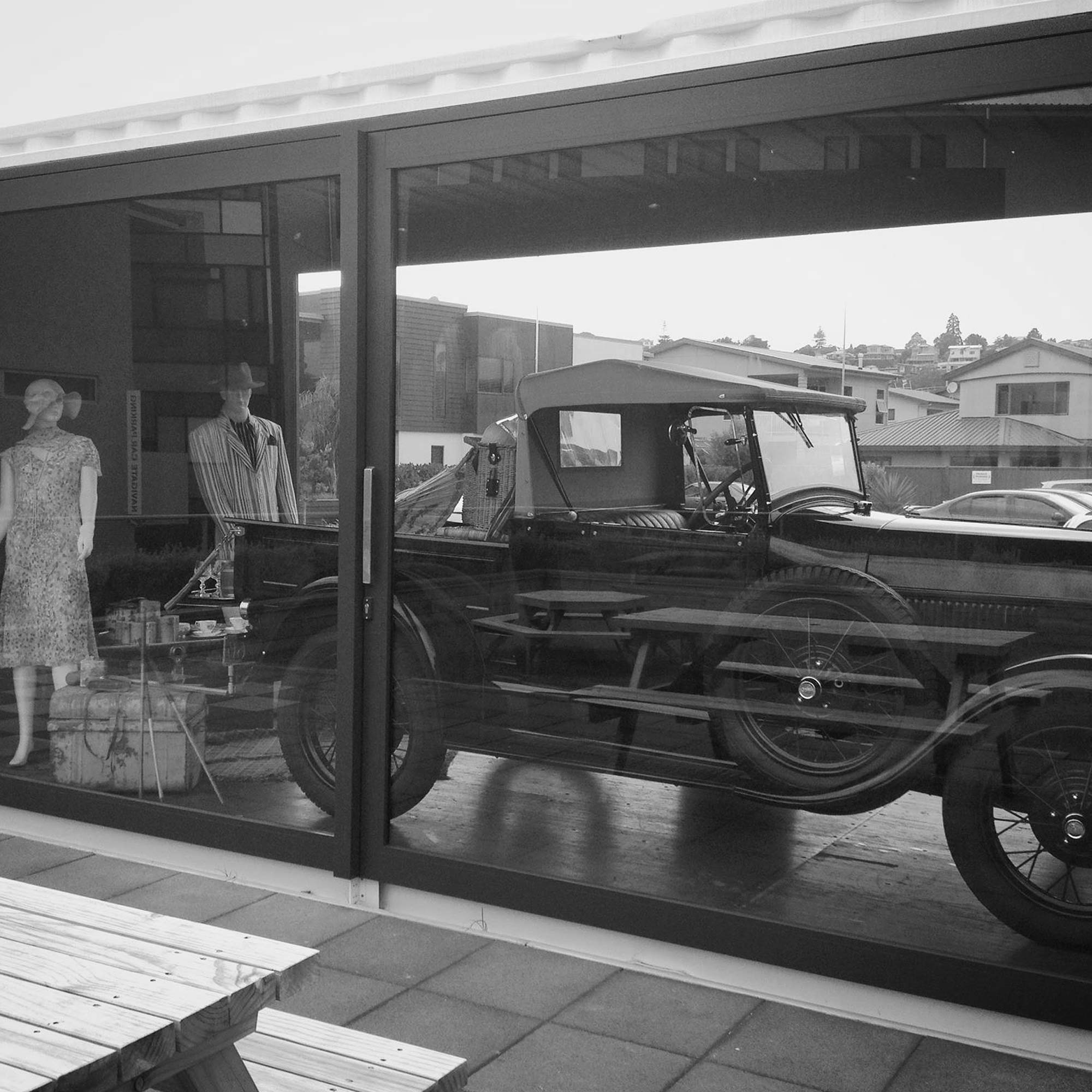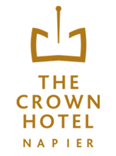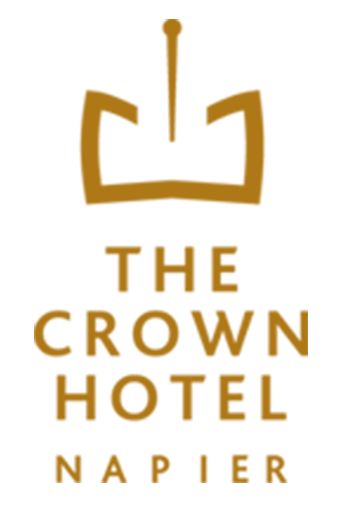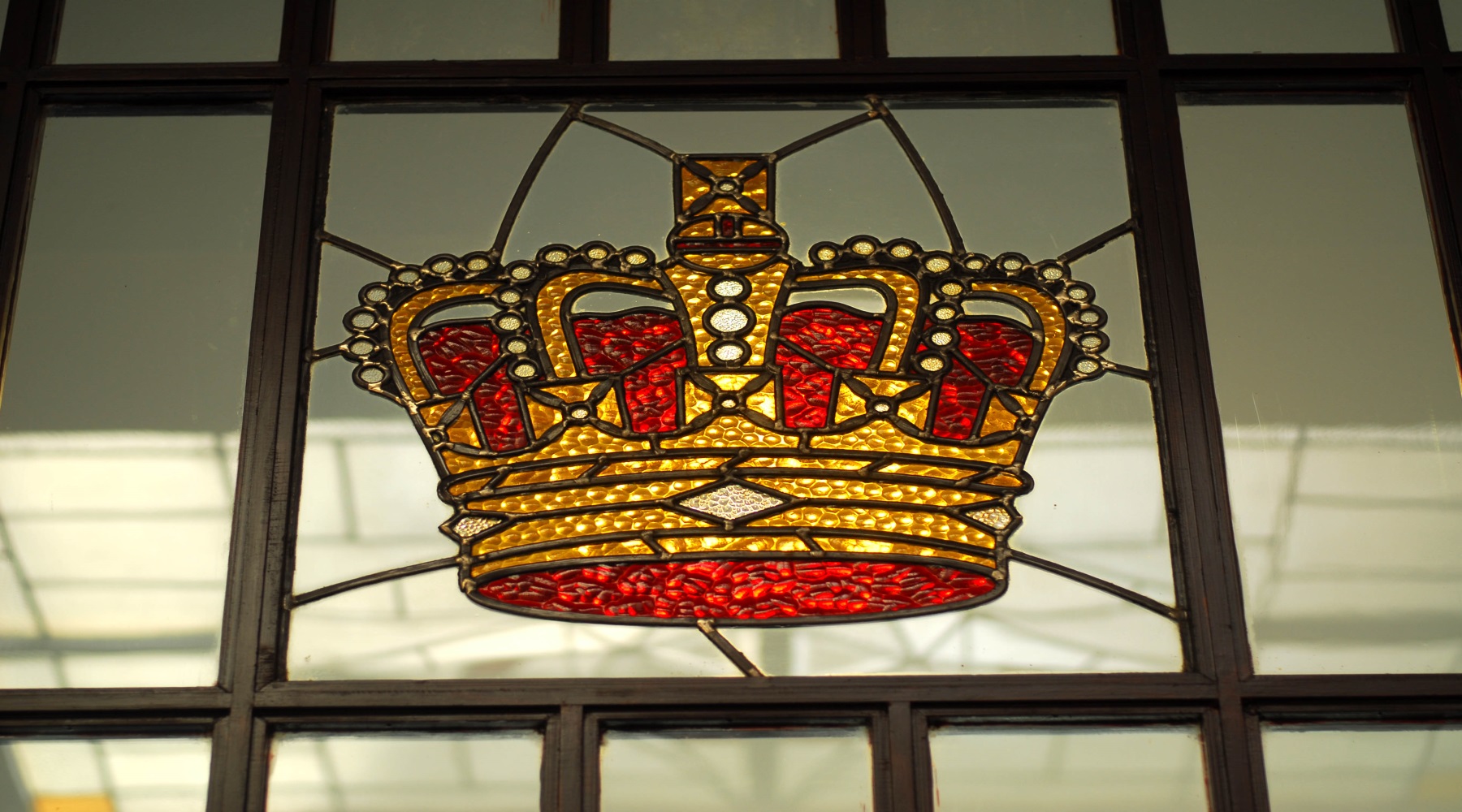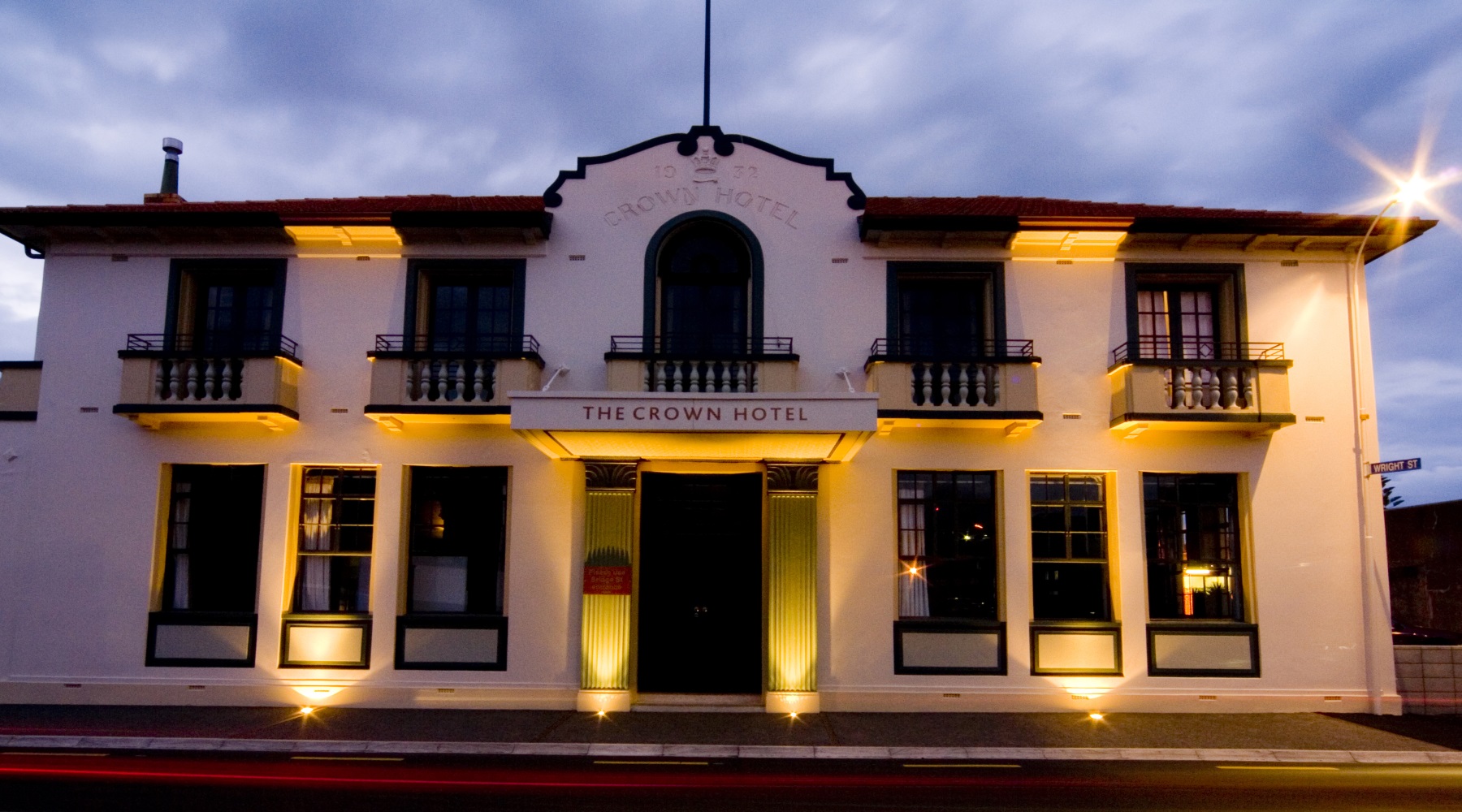
History
The Crown Hotel
The original Crown Hotel opened for business in 1859 on the corner of Waghorne & Barry Street. It was destroyed by fire in the 1931 earthquake while the new hotel was being built. The building was to be three levels but was reduced to two levels due to the earthquake’s damage.
The client in 1932 was P.J. Annan Esq.
The Architect was Arthur Williams of Napier.
Photo below supplied from Don Wilkie.
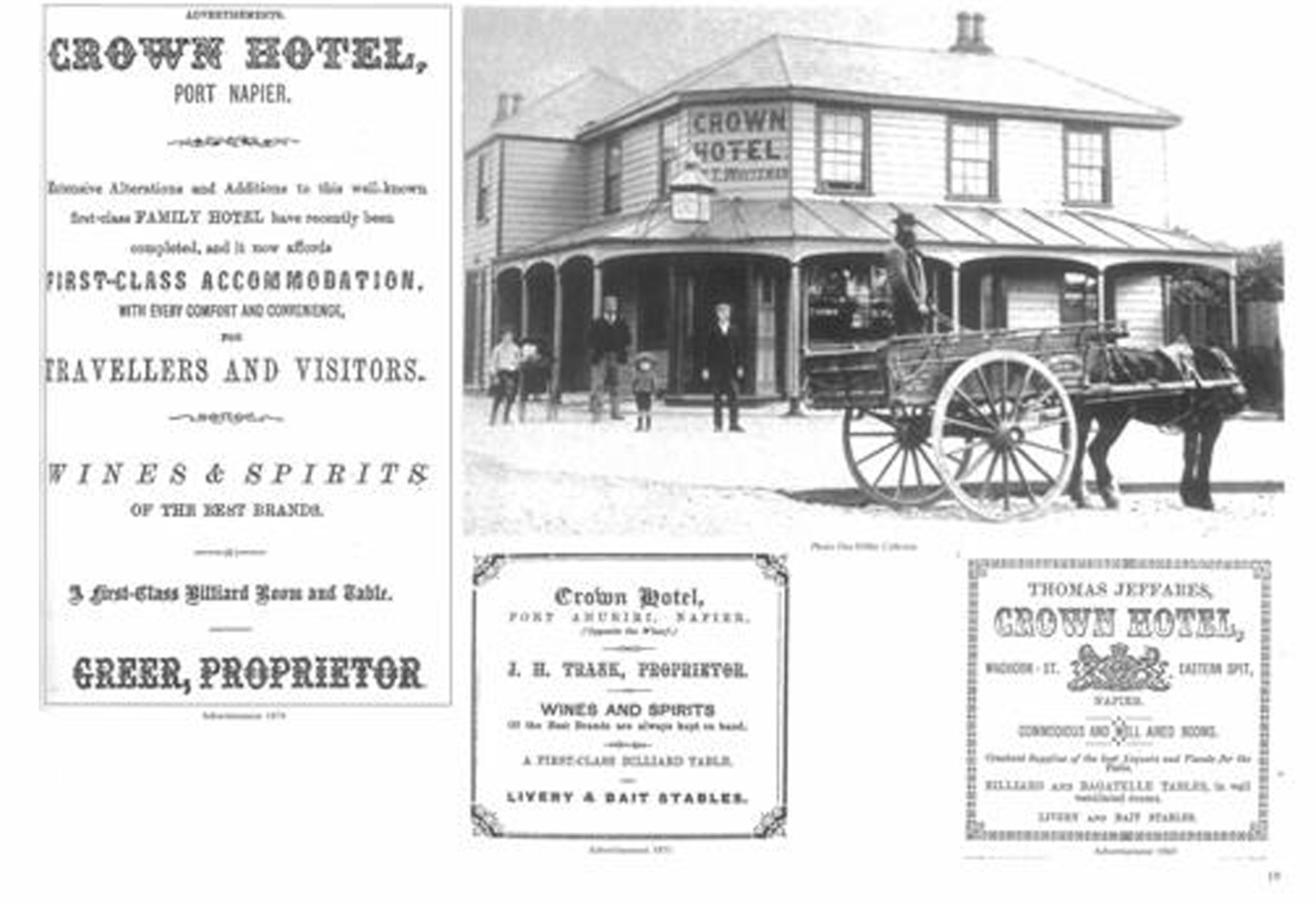
Landmac Holdings purchased the building in 2003 and leased back to the previous owner for six months before renovations were to commence.
Between 2003 & 2004 the directors considered various options for the renovations of The Crown Hotel:
- A Tavern Bar with basement wine cellar and Backpacker Accommodation on first floor
- Apartment living
The directors settled on a hotel with resource consent being obtained in August 2004. The total complex reopened in November 2006. The building has a Heritage Protection and required a signoff from Art Deco Trust. The balconies and colour scheme had to be approved.
The building has retained its Art Deco exterior and interior detail such as the unique mosaic foyer, leadlight windows and stairway. The mural in the Vautier Conference room was discovered under the wallpaper during renovations and was restored. They were thought to be originally painted on the walls in the 1960’s. What was originally 17 letting rooms upstairs in the heritage building, are now three luxury heritage suites.
The Crown Hotel was the Winner of the 2007 Art Deco Supreme Award.
Designers: Trevor Jones Design Ltd of Tauranga
Architect: Opus Architecture of Napier
Interior Furnishings: Helen Whittaker of Hawke’s Bay Design
Ahuriri
Ahuriri is a quaint waterfront village where the area is rich in cultural heritage but with a contemporary edge.
It was one of the earliest settled areas of Napier, and its shallow but sheltered waters offered safe mooring for sailing ships in the 19th and 20th centuries.
Port Ahuriri was Napier’s main port until the 1931 earthquake when port services were relocated to the current site at the Port of Napier. The development of the new Port of Napier, meant Port Ahuriri’s focus moved to fishing and recreation. It continues to be well utilised today by the Hawke’s Bay fishing fleet and a range of recreational users.
Many of the buildings once occupied by industrial activities related to Port Ahuriri have been developed and now house a variety of commercial, industrial and recreational users.
The historical design features of those buildings have been preserved and help give Ahuriri its special character. The distinctive saw-tooth roof lines, buildings located right on the street boundary, the subdued colour scheme, and large scale are setting Ahuriri apart from other parts of Napier.
The wool-store and warehouse buildings are vital components of West Quay’s heritage. The Nissho-Roberts Building on West Quay highlights the detailed decorations of the Late Victorian Era, in particular the highly decorative windows.
What were vacant industrial sheds are now popular cafes, bars and recreational centres sitting alongside the historical fishing docks and marina. Retaining the history of West Quay is a vital part of the redevelopment of West Quay today.
Enjoy the heritage trails and examples of Art Deco architecture along the way or relax and stroll around the estuary and enjoy the birdlife along the seaside boardwalk whilst taking in the ocean views.
